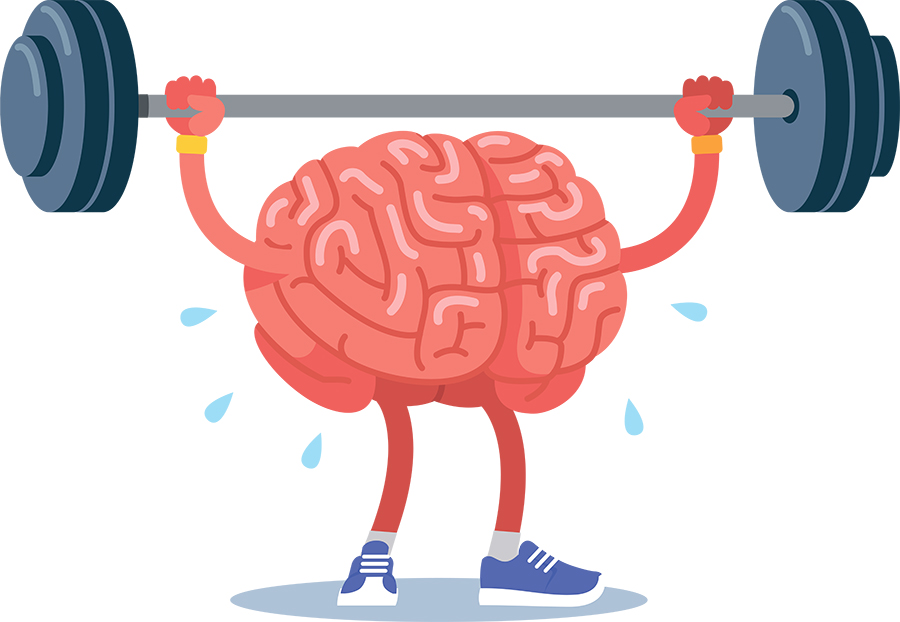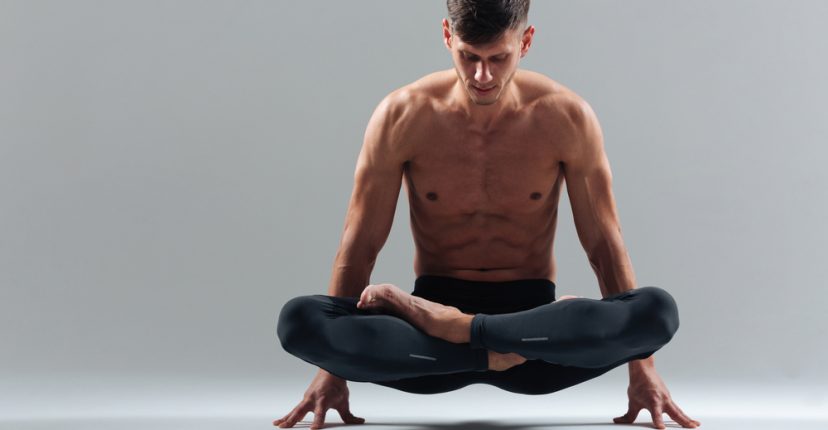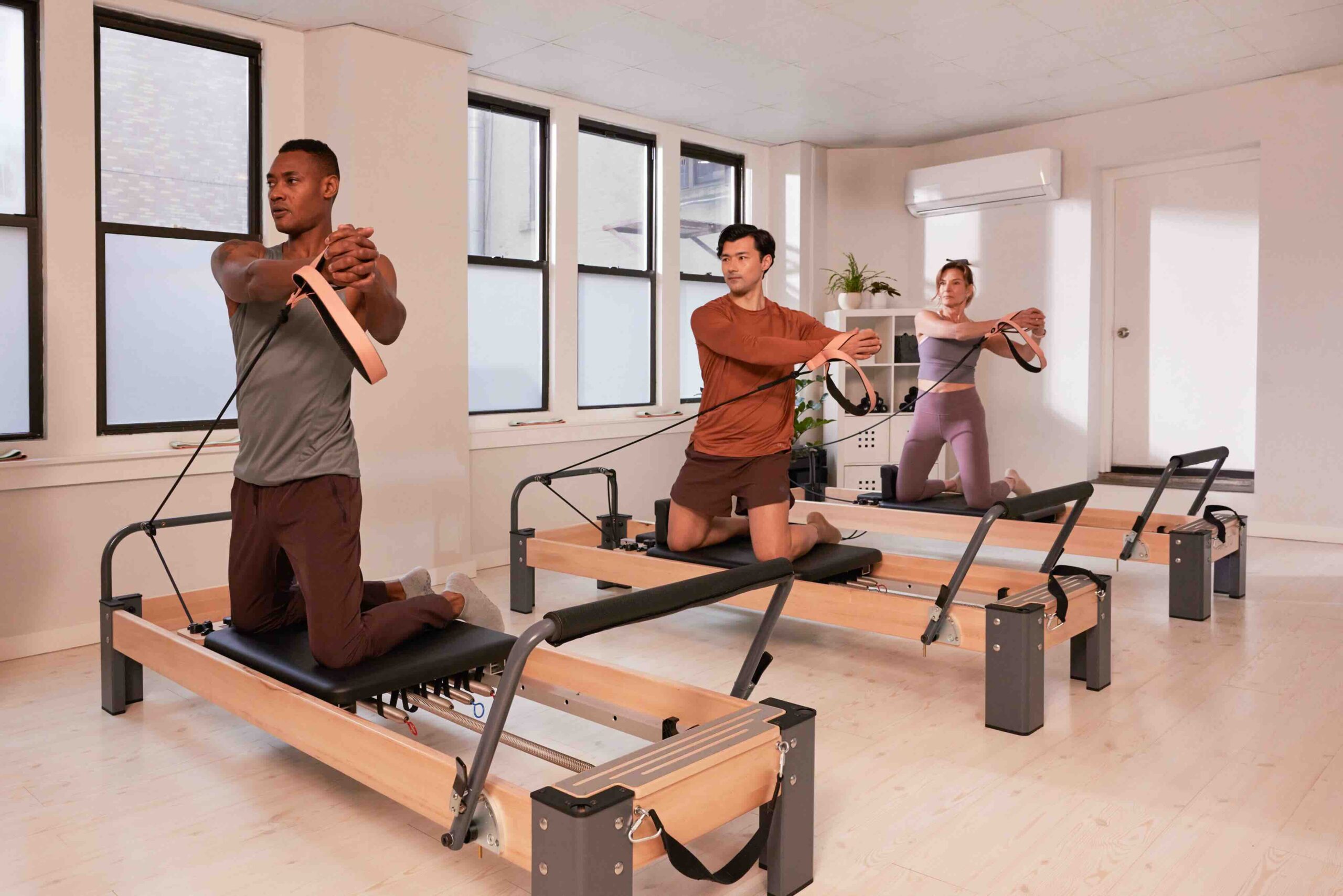Mindful Exercise Routines: Fitness Activities for Body and Mind
In today’s fast-paced world, where our lives are often defined by relentless schedules and constant digital connectivity, mindful exercise routines have emerged as a refreshing approach to fitness. It’s not just about breaking a sweat; it’s about engaging in activities that nurture both your body and your mind. In this blog post, we’ll dive into the essence of mindful exercise routines, exploring their definition, key aspects, and relevance, while sharing insights and anecdotes to make this journey both engaging and inspiring.
What Are Mindful Exercise Routines?
At its core, mindful exercise routines blend physical activity with mindfulness practices. Mindfulness, often associated with meditation and mental focus, is about being fully present in the moment and paying attention to your thoughts, feelings, and bodily sensations without judgment. When applied to exercise, it transforms your workout from a mere task into a holistic experience that nurtures both physical fitness and mental well-being.
Think of mindful exercise as a way of integrating the principles of mindfulness—such as awareness, acceptance, and presence—into your fitness routine. This approach not only enhances the effectiveness of your workouts but also provides profound mental and emotional benefits.
Key Aspects of Mindful Exercise Routines
1. Intention and Awareness
Mindful exercise starts with setting a clear intention for your workout. Rather than focusing solely on burning calories or achieving a specific fitness goal, the intention is to engage fully with each movement and breath. Awareness involves paying attention to how your body feels during exercise, how your breath flows, and how your mind responds to the activity.
2. Breath Connection
Breath is a powerful anchor in mindful exercise. Synchronizing your breath with your movements helps you stay grounded and present. For instance, in yoga, you inhale as you expand and exhale as you fold, creating a rhythm that enhances the flow of your practice. This connection between breath and movement can improve both the physical and mental aspects of your workout.
3. Mind-Body Synchronization
Mindful exercise emphasizes the connection between your mind and body. Rather than mechanically going through the motions, you focus on the sensations and feedback from your body. This synchronization can deepen your understanding of how different movements affect you, leading to more effective and safer workouts.
4. Presence and Acceptance
Being present in your exercise routine means fully immersing yourself in the activity without distraction. It involves accepting where you are in your fitness journey, without comparing yourself to others or stressing about future results. This acceptance fosters a positive mindset and encourages a healthier relationship with exercise.
Examples of Mindful Exercise Routines
1. Yoga
Yoga is perhaps the most well-known mindful exercise. It combines physical postures, breath control, and meditation to promote overall well-being. Poses like Warrior II or Downward Dog are not just about physical strength; they also encourage mental focus and body awareness. During a yoga session, you might find yourself more attuned to the sensations in your muscles and the rhythm of your breath, creating a profound sense of balance and relaxation.
2. Tai Chi
Tai Chi, often described as "meditation in motion," is a Chinese martial art known for its slow, deliberate movements and deep breathing. The practice emphasizes flowing, controlled movements that harmonize with your breath and inner focus. Practitioners often report feeling a heightened sense of tranquillity and mental clarity after a Tai Chi session.
3. Mindful Walking
Mindful walking involves paying close attention to the sensations of walking, such as the feeling of your feet touching the ground and the rhythm of your steps. This practice can be done indoors or outdoors and often includes a focus on your breath and surroundings. It’s a simple yet effective way to integrate mindfulness into your daily routine.
4. Pilates
Pilates is another excellent example of mindful exercise. It focuses on core strength, flexibility, and body alignment. Each movement is performed with precision and control, encouraging you to connect with your body’s centre and maintain awareness throughout the session. The emphasis on form and breath in Pilates aligns well with mindfulness principles.
The Benefits of Mindful Exercise
Incorporating mindfulness into your fitness routine offers numerous benefits:
1. Enhanced Focus and Concentration
Mindful exercise improves your ability to focus on the present moment, which can translate into better concentration both during and outside of your workouts. This heightened focus can lead to more effective and efficient exercise sessions.
2. Reduced Stress and Anxiety
The combination of physical activity and mindfulness helps lower stress levels and alleviate anxiety. By being present and mindful, you can reduce the mental clutter and emotional strain that often accompany stressful situations.
3. Improved Body Awareness
Engaging in mindful exercise increases your awareness of bodily sensations, helping you to detect and address any discomfort or strain. This awareness can lead to better posture, reduced risk of injury, and a more balanced approach to physical fitness.
4. Greater Emotional Well-Being
The acceptance and self-compassion fostered through mindful exercise contribute to a positive mindset and improved emotional well-being. By focusing on the present and appreciating your body’s capabilities, you cultivate a healthier and more supportive relationship with yourself.
Anecdotes and Insights
To illustrate the impact of mindful exercise, consider the experience of Sarah, a busy professional who turned to yoga to manage her stress. Initially sceptical, she found that focusing on her breath and movements transformed her workouts into a sanctuary of calm. Over time, this practice not only enhanced her flexibility but also provided her with tools to handle work-related stress more effectively.
Similarly, James, an avid runner, discovered the benefits of mindful running through a local group. By incorporating mindful breathing and awareness into his runs, he noticed a significant improvement in his performance and a deeper connection to his running experience. The mental clarity he gained from this approach extended beyond his runs, positively influencing other areas of his life.
Conclusion: Embracing Mindful Exercise
Mindful exercise routines offer a transformative approach to fitness that goes beyond the physical benefits. By integrating mindfulness into your workouts, you create a space where both body and mind can thrive. This holistic approach fosters greater awareness, reduces stress, and enhances overall well-being.
As you embark on your journey with mindful exercise, remember that it’s not about perfection but about presence. Whether you choose yoga, Tai Chi, mindful walking, or Pilates, the key is to engage fully with each moment and movement. By doing so, you’ll find yourself not only improving your physical health but also cultivating a deeper connection with yourself. So, why not try mindful exercise? Embrace the opportunity to explore fitness activities that nourish both your body and mind. You might just discover a new way to move through life with greater balance, clarity, and joy.
Feel free to share your experiences with mindful exercise or ask any questions you might have. Let’s continue this journey towards a more mindful and fulfilling approach to fitness together!







Comments
Post a Comment